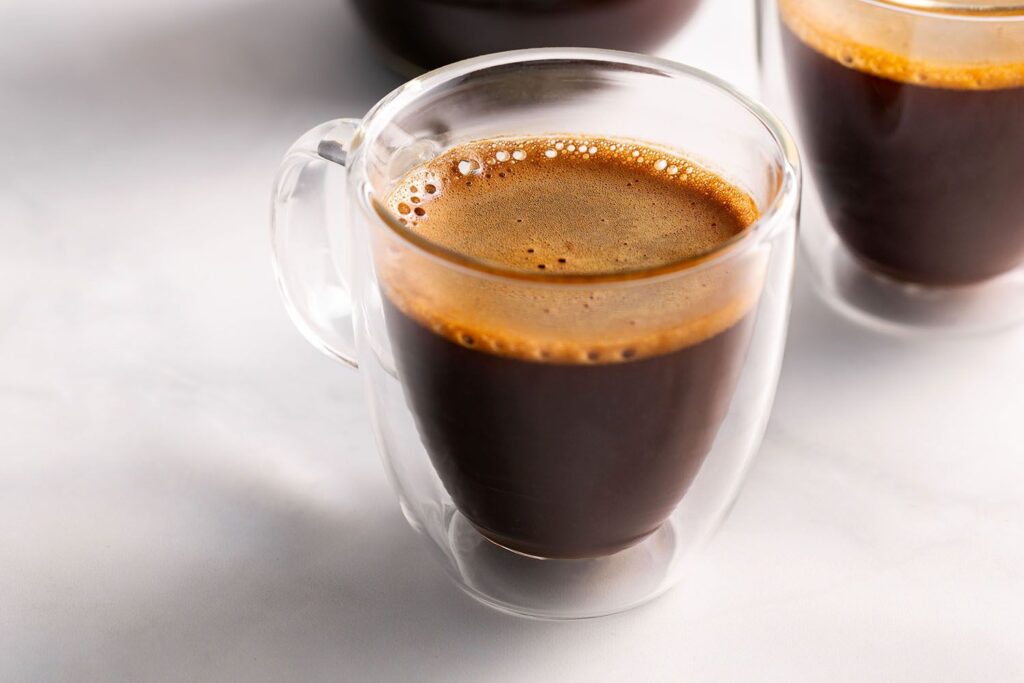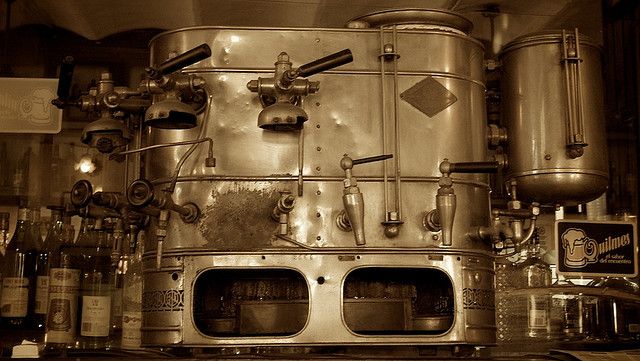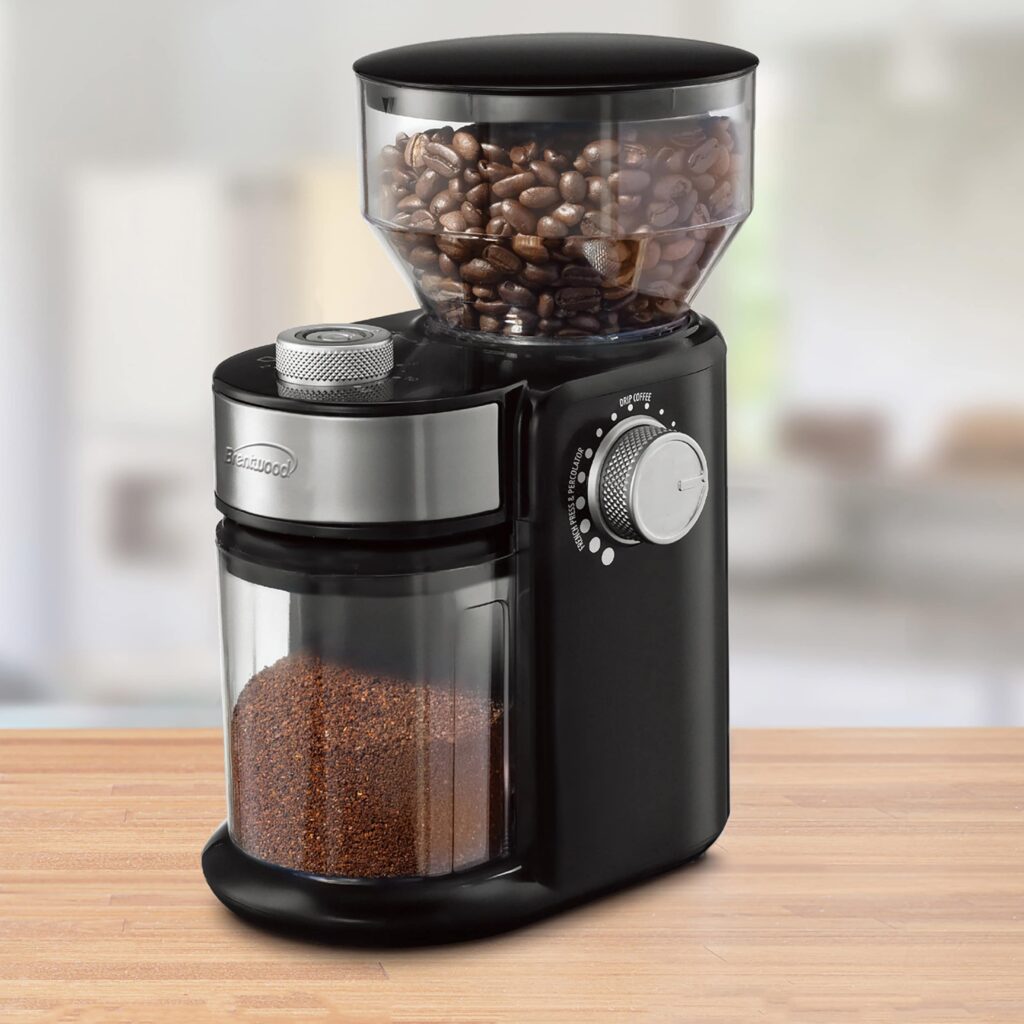The Art and Science Behind Espresso Coffee Machines: A Comprehensive Guide.
Introduction
Espresso coffee machines are essential for creating the perfect shot of espresso—an aromatic and concentrated coffee loved worldwide. These machines are not just kitchen appliances but feats of engineering, capable of extracting a wide spectrum of flavors from freshly ground beans with remarkable precision.

In this guide, we’ll explore how espresso machines work, break down their key components, explain ideal pressure settings, and evaluate whether built-in grinders and fully automatic models are truly worth the investment.
Understanding Espresso Coffee Machines
At their core, espresso machines are designed to force hot water through finely ground coffee at high pressure, producing a rich, concentrated shot. This process relies on several coordinated components, each performing a vital role.
1. Boiler – The Foundation of Espresso Quality
The boiler is responsible for heating and pressurizing water to brewing temperature:

- Heating Element: Stainless steel elements heat water to 195°F–205°F (90°C–96°C).
- Water Reservoir: Cold water is stored before being drawn into the boiler.
- Single vs. Double Boilers: Single boilers handle brewing and steaming alternately; double boilers allow both simultaneously, ensuring stable temperatures.
- Thermostat & Pressure Valve: Maintain precise temperatures and release excess pressure for safety.
Brands renowned for quality boilers include: La Marzocco, Rocket Espresso, Breville, Gaggia, Rancilio, Nuova Simonelli, and Sage by Heston Blumenthal.
2. Pump – Powering the Extraction
The pump generates the pressure needed to push water through the coffee grounds.

- Optimal Pressure: Around 9 bars (116–130 psi) is considered ideal for balanced extraction.
- Consistency: Good pumps maintain steady pressure for reliable results.
- Types of Pumps:
- Vibratory Pumps – affordable and common in entry-level machines.
- Rotary Pumps – quieter, more stable, and typically used in premium models.
- Gear Pumps – highly precise, found in commercial machines.
3. Portafilter – Holding the Coffee Bed
The portafilter is where ground coffee is packed before brewing.

- Standard: Available in single or double shot sizes.
- Bottomless (Naked): Offers visual feedback for perfecting extraction.
- Pressurized: More forgiving for beginners with less-than-perfect grinds.
- Pod-Compatible: Designed for convenience with pre-packed coffee pods.
Correct tamping and distribution inside the portafilter are critical for even extraction and crema formation.
4. Group Head – Where Extraction Happens
The group head connects the portafilter to the machine and ensures stable water flow.
- E61 Standard Group Head: Known for thermal stability.
- Saturated Group Head: Maintains precise temperature control.
- Heat Exchange (HX): Allows brewing and steaming simultaneously.
- Dual Boiler Systems: Separate boilers for optimal precision.
5. Solenoid Valve – Flow and Pressure Control
Solenoid valves regulate water flow and relieve pressure after extraction. They also help in pre-infusion, gently soaking the coffee puck before applying full pressure, which improves flavor balance.
6. Steam Wand – For Milk Frothing
Essential for lattes and cappuccinos, steam wands create microfoam milk. Look for:
- Strong steam pressure.
- Long, articulated wands for maneuverability.
- Easy-to-clean designs.
A quality steam wand is key for textured milk suitable for latte art.
7. The Role of Pressure
Consistent brewing pressure—ideally around 9 bars—is vital for unlocking coffee’s complex flavors and producing the signature crema that defines true espresso.
8. Built-in Grinder – Convenience vs. Control
Advantages: Fresh coffee, adjustable grind size, and space-saving design.
Drawbacks: Inconsistent grinders can compromise extraction quality.

For serious enthusiasts, a dedicated burr grinder is often preferred over built-in options.
9. Fully Automatic Machines – Worth It?
Pros: Convenience, speed, and consistent results with minimal effort.
Cons: Higher cost, more maintenance, and less manual control.
They are ideal for users who prioritize convenience over fine-tuned craftsmanship.
Conclusion
Espresso coffee machines are complex yet rewarding devices. Each component—boiler, pump, portafilter, group head, steam wand, and even optional built-in grinders—contributes to the final espresso shot.

Whether you choose a manual, semi-automatic, or fully automatic machine, the right model can elevate your coffee experience and bring the authentic café taste into your home.

Coffee Travel Guide: Best Cafés and Roasters Around the World.
For coffee lovers, exploring the world often means discovering unique cafés and specialty roasters. From local hidden gems to famous…

Sustainable Coffee: How to Drink Responsibly.
Sustainable Coffee: How to Drink Responsibly. Introduction Sustainable coffee isn’t just a trend it’s a movement that supports farmers, protects the environment,…
Coffee Storage Tips: Keeping Beans Fresh and Flavourful.
Coffee Storage Tips: Keeping Beans Fresh and Flavourful. Introduction Fresh coffee starts with proper storage. Even high-quality beans lose flavour and aroma…
Specialty Coffee Drinks: Lattes, Cortados, and More Explained.
Coffee culture isn’t just about black coffee it’s also about specialty drinks that combine espresso, milk, foam, and ………………. Read…
Coffee and Sleep: How to Enjoy Your Brew Without Insomnia.
Coffee can be a lifesaver in the morning, but drinking it at the wrong time can disrupt sleep and impact…
Healthy Coffee Habits: Enjoy Your Brew Without the Guilt.
Healthy Coffee Habits: Enjoy Your Brew Without the Guilt Introduction Coffee can be one of life’s greatest pleasures, but many people worry…
Author.

Brendon McAliece has spent more than 45 years immersed in a passion for coffee, exploring beans, brewing traditions, and café cultures across the globe. A multilingual expat fluent in Thai, three Thai dialects, Lao, and European languages, he values the role of coffee and language in building cultural connection.
His diverse background also includes over three decades in flight simulation and PC building, alongside two decades of service as a jet fighter weapons and egress technician.
You can read more in his blogs below.
Learn more @
DreamingGuitar.com – DreamingCoffee.com – LetsFlyVFR.com
Home – Blog – Shop – About
As an Amazon affiliate I may earn on qualifying sales.








One response to “The Art and Science Behind Espresso Coffee Machines: A Comprehensive Guide.”